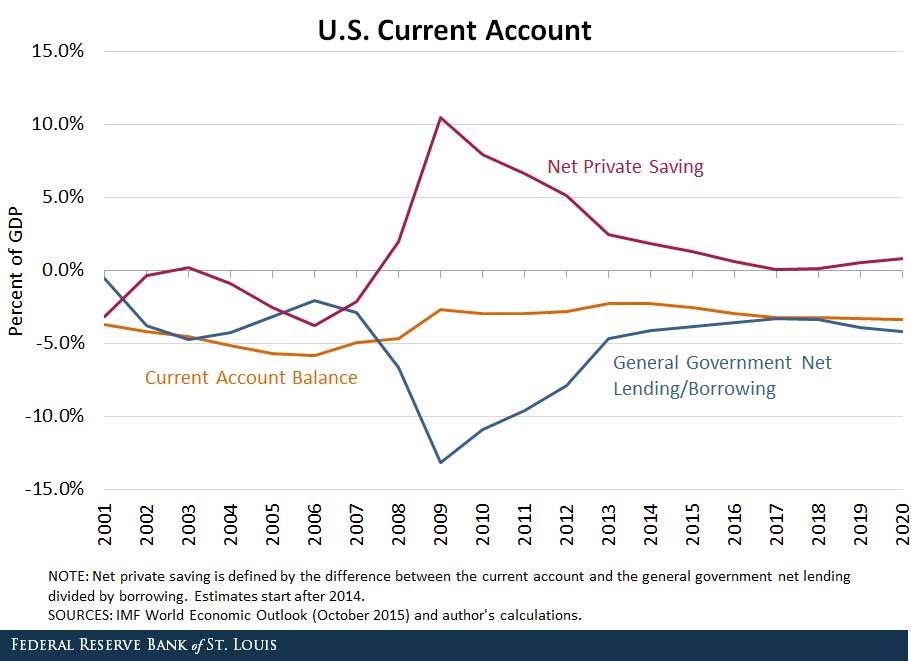Stock A and B's returns have a correlation of 0.3. Which statement is NOT correct?
Question 180 equivalent annual cash flow, inflation, real and nominal returns and cash flows
Details of two different types of light bulbs are given below:
- Low-energy light bulbs cost $3.50, have a life of nine years, and use about $1.60 of electricity a year, paid at the end of each year.
- Conventional light bulbs cost only $0.50, but last only about a year and use about $6.60 of energy a year, paid at the end of each year.
The real discount rate is 5%, given as an effective annual rate. Assume that all cash flows are real. The inflation rate is 3% given as an effective annual rate.
Find the Equivalent Annual Cost (EAC) of the low-energy and conventional light bulbs. The below choices are listed in that order.
Which one of the following will decrease net income (NI) but increase cash flow from assets (CFFA) in this year for a tax-paying firm, all else remaining constant?
Remember:
###NI=(Rev-COGS-FC-Depr-IntExp).(1-t_c )### ###CFFA=NI+Depr-CapEx - ΔNWC+IntExp###You own some nice shoes which you use once per week on date nights. You bought them 2 years ago for $500. In your experience, shoes used once per week last for 6 years. So you expect yours to last for another 4 years.
Your younger sister said that she wants to borrow your shoes once per week. With the increased use, your shoes will only last for another 2 years rather than 4.
What is the present value of the cost of letting your sister use your current shoes for the next 2 years?
Assume: that bank interest rates are 10% pa, given as an effective annual rate; you will buy a new pair of shoes when your current pair wears out and your sister will not use the new ones; your sister will only use your current shoes so she will only use it for the next 2 years; and the price of new shoes never changes.
Question 536 idiom, bond pricing, capital structure, leverage
The expression 'my word is my bond' is often used in everyday language to make a serious promise.
Why do you think this expression uses the metaphor of a bond rather than a share?
On 22-Mar-2013 the Australian Government issued series TB139 treasury bonds with a combined face value $23.4m, listed on the ASX with ticker code GSBG25.
The bonds mature on 21-Apr-2025, the fixed coupon rate is 3.25% pa and coupons are paid semi-annually on the 21st of April and October of each year. Each bond's face value is $1,000.
At market close on Friday 11-Sep-2015 the bonds' yield was 2.736% pa.
At market close on Monday 14-Sep-2015 the bonds' yield was 2.701% pa. Both yields are given as annualised percentage rates (APR's) compounding every 6 months. For convenience, assume 183 days in 6 months and 366 days in a year.
What was the historical total return over those 3 calendar days between Friday 11-Sep-2015 and Monday 14-Sep-2015?
There are 183 calendar days from market close on the last coupon 21-Apr-2015 to the market close of the next coupon date on 21-Oct-2015.
Between the market close times from 21-Apr-2015 to 11-Sep-2015 there are 143 calendar days. From 21-Apr-2015 to 14-Sep-2015 there are 146 calendar days.
From 14-Sep-2015 there were 20 coupons remaining to be paid including the next one on 21-Oct-2015.
All of the below answers are given as effective 3 day rates.
Question 810 CAPM, systematic and idiosyncratic risk, market efficiency
Examine the graphs below. Assume that asset A is a single stock. Which of the following statements is NOT correct? Asset A:

Question 872 duration, Macaulay duration, modified duration, portfolio duration
A fixed coupon bond’s modified duration is 20 years, and yields are currently 10% pa compounded annually. Which of the following statements about the bond is NOT correct?
A stock has an expected return of 10% pa and you're 90% sure that over the next year, the return will be between -15% and 35%. The stock's returns are normally distributed. Note that the Z-statistic corresponding to a one-tail:
- 90% normal probability density function is 1.282.
- 95% normal probability density function is 1.645.
- 97.5% normal probability density function is 1.960.
What is the stock’s standard deviation of returns in percentage points per annum (pp pa)?
Question 980 balance of payments, current account, no explanation
Observe the below graph of the US current account surplus as a proportion of GDP.

Define lending as buying (or saving or investing in) debt and equity assets.
The sum of US ‘net private saving’ plus ‘net general government lending’ equals the US: